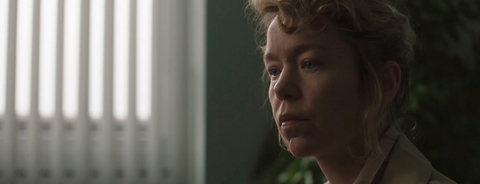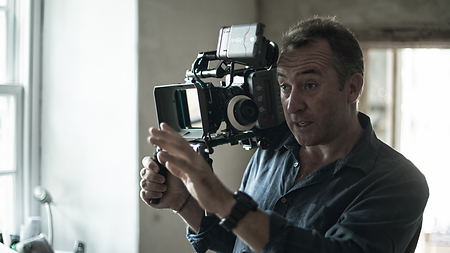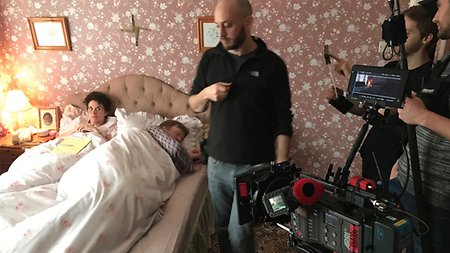Johann Perry has spent most of his twenty-year career making documentaries, but he successfully ventured into feature territory with "Against The Law," which was nominated for a British Film Academy Award (BAFTA) last year. He’s an AMIRA enthusiast, having bought one soon after they first came out. “I just want a good camera with a great sensor, a well-made matte box and a beautiful lens,” he says, “and ARRI always delivers that simplicity, which I find very reassuring.”

"Mother´s Day" – filming drama with AMIRA
The ARRI AMIRA has a well-earned reputation as a tough and adaptable documentary camera, and as a tool for wildlife filmmakers. But it also has a role in features. DP Johann Perry has received critical acclaim for his work on the BBC film "Mother´s Day." He spoke to ARRI about the project and how the AMIRA helped him realize his artistic vision for it.


